One of my oldest friends and I are both true crime fans; we’re both psychology-oriented people, and that aspect is definitely what fascinates me about true crime. I like trying to understand what was going on in the mind and spirit of the perpetrator. When I told my friend that I had received my first request to help find a body, albeit a pet, she asked me if that was something I would be interested in doing as part of my intuitive work. I had to think about it for a while.
My metaphysical gifts have been given to me specifically to help people with healing and growth. If a client asks me for information that falls outside of those fields, I often won’t get an answer. One client asked me about selling their car, and the answer from the client’s spirit guides was, “It doesn’t matter.” In terms of healing and growth, this was not relevant to the client.
However, there is a great deal of healing that can be obtained for loved ones who don’t know what happened to someone who disappeared from their lives. Even if the answer is finding a body rather than locating the person still alive, having answers as to what happened provides a great deal of closure and allows grief process move forward.
Thus, after thinking about it, I told my friend that yes, I would be willing to help others who are searching for missing loved ones. I have no interest in working with police departments or other official entities, but in terms of helping individuals heal after a loss, that is something I am more than happy to do and is part of what I consider my primary mission.
I always ask the spirit guides I work with if I can help a client before booking an appointment with them; I don’t want to waste their time and money if I can’t help them. Thus, I’ll always ask if I can help someone looking for a missing loved one to make sure that information will come through and that it’s in their best interest to receive the information.
©2022 Elizabeth Galen, Ph.D., Green Heart Guidance, LLC
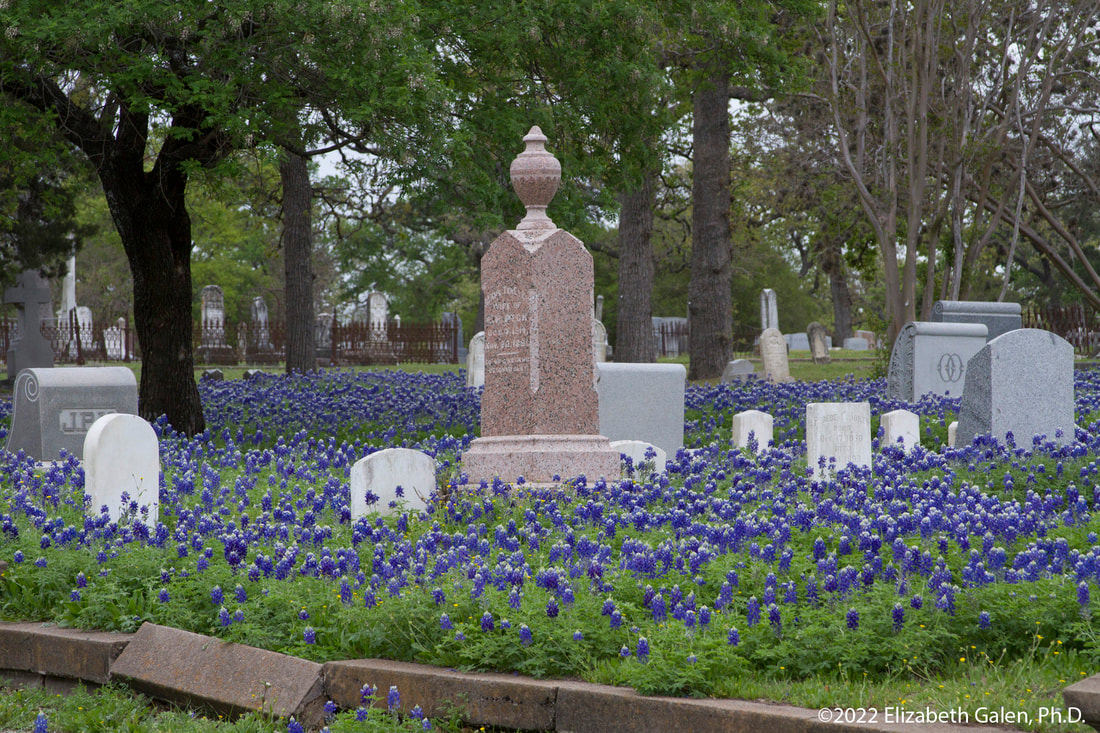
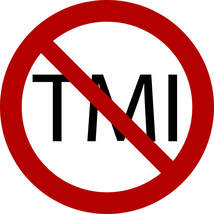
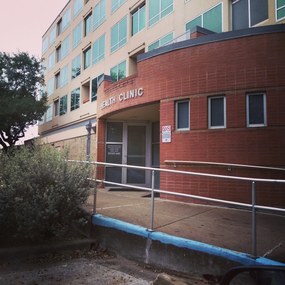






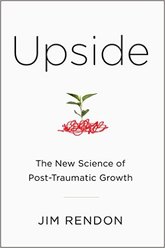
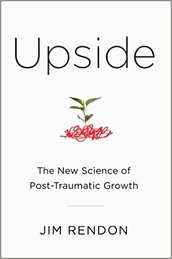
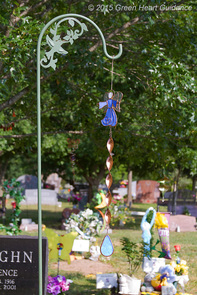
 RSS Feed
RSS Feed